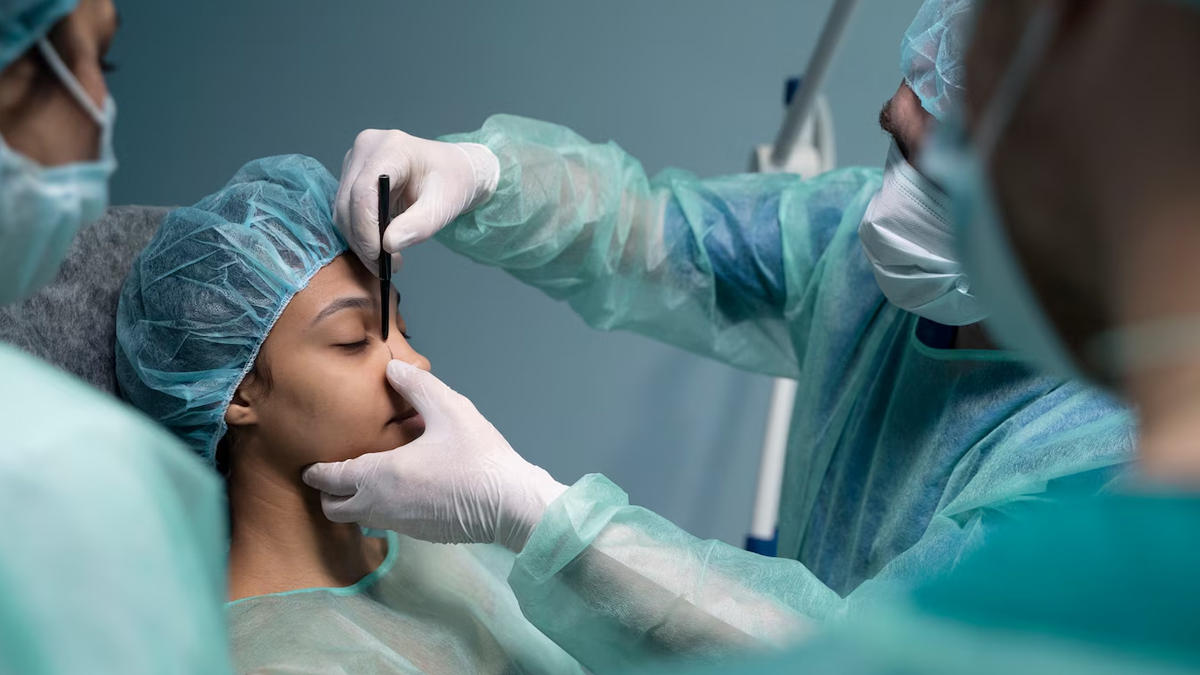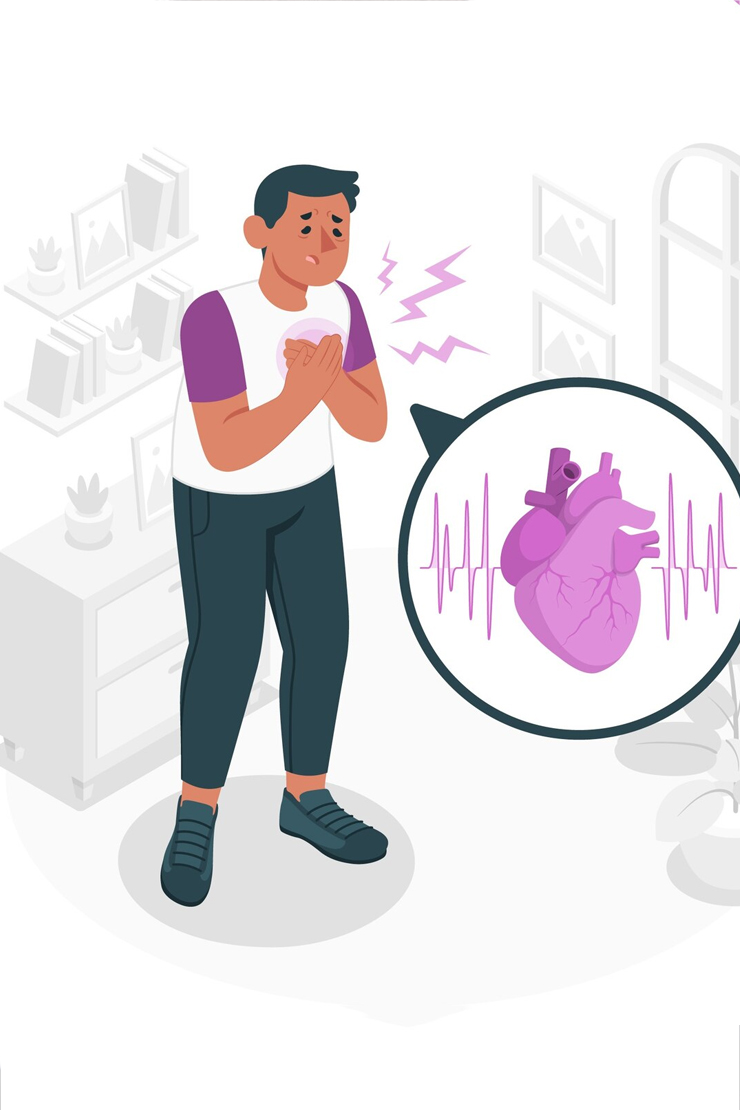In a heartbreaking incident, 9-year-old Silvanna Moreno passed away just hours after receiving anaesthesia for a dental procedure at a clinic in San Diego on March 18, 2025. According to the San Diego County Medical Examiner’s Office, her cause of death was identified as ‘Methemoglobinemia in the setting of recent nitrous oxide administration.’
We spoke to Dr Tushar Tayal, Lead Consultant, Internal Medicine at CK Birla Hospital, Gurugram, to better understand the risks associated with anaesthesia, especially in such rare but tragic cases.
What Is Anaesthesia?
Anaesthesia involves the use of special medications, known as anaesthetics, to prevent pain during medical or surgical procedures. These drugs temporarily disrupt nerve signals so that the brain doesn’t register pain.
There are various types of anaesthesia:
- Local anaesthesia numbs a specific part of the body.
- General anaesthesia induces unconsciousness and is commonly used for major surgeries.
- Sedation and regional anaesthesia may also be used, depending on the procedure’s complexity.

9-Year-Old Dies After Anaesthesia For A Dental Procedure
As per NDTV, Silvanna Moreno, a 9-year-old, underwent a dental procedure at Dreamtime Dentistry in Vista. After the surgery, she was placed in a recovery room and later discharged. She reportedly fell asleep during the car ride home. Upon returning, her family noticed she was unusually drowsy and continued monitoring her. Sadly, she was later found unresponsive in her bed.
Emergency responders were called immediately, and paramedics began life-saving efforts while rushing her to Rady Children’s Hospital. Unfortunately, despite continued resuscitation attempts, Silvanna was pronounced dead upon arrival.
Is Anaesthesia-Related Death Possible?
According to Dr Tayal, fatal reactions to anaesthesia are extremely rare but can occur. These incidents typically happen during or shortly after the procedure, but in some cases, complications may arise hours later.
Some of the known causes of anaesthesia-related deaths include:
- Severe allergic reactions (anaphylaxis)
- Overdose of anaesthetic medication
- Respiratory failure or airway obstruction
- Aspiration (inhaling stomach contents)
- Undiagnosed medical conditions
- Cardiovascular collapse or dangerous drops in blood pressure
Anaesthesia Death: Who Is Most at Risk?
Certain age groups and health conditions increase the risk of complications from anaesthesia:
- Infants under 1 year: Their organ systems are still developing.
- Adults over 65: Age-related decline in heart, kidney, or liver function makes anaesthesia riskier.
- Patients with existing health concerns: Those with diabetes, heart conditions, obesity, kidney or liver disorders, or a history of stroke may be more vulnerable.
- Emergency surgeries: When a complete medical history isn’t available, risks go up.

How Can Anaesthesia Risks Be Reduced?
Fortunately, with proper precautions, serious complications can often be avoided. Dr. Tayal stresses the importance of a Pre-Anaesthesia Check-up (PAC). This assessment involves:
- Reviewing the patient’s medical history
- Checking for allergies and ongoing medications
- Evaluating previous reactions to anaesthesia
- Ensuring organ function is suitable for surgery
While anaesthesia is considered safe in the vast majority of cases, it’s important to recognise that it carries risks, especially for vulnerable age groups or patients with complex medical histories. With the right protocols, experienced medical teams, and careful planning, most of these risks can be effectively managed.
If you are preparing for a surgery or dental procedure that requires anaesthesia, don’t hesitate to ask your doctor about safety checks and risk factors.
Keep reading Herzindagi for more such stories.
Credits: Freepik

Take charge of your wellness journey—download the HerZindagi app for daily updates on fitness, beauty, and a healthy lifestyle!
Comments
All Comments (0)
Join the conversation